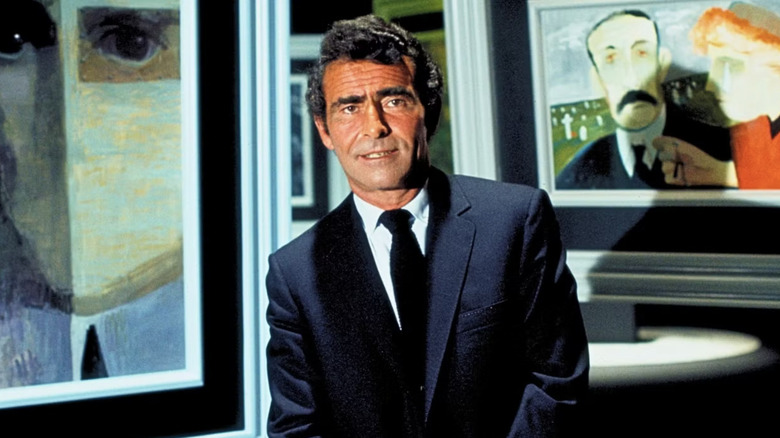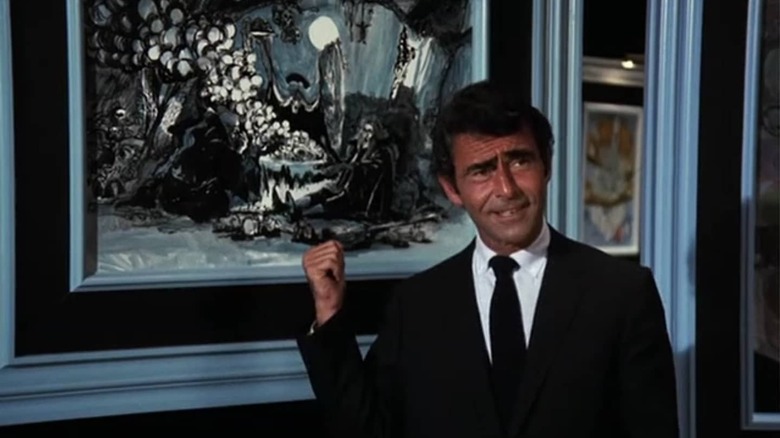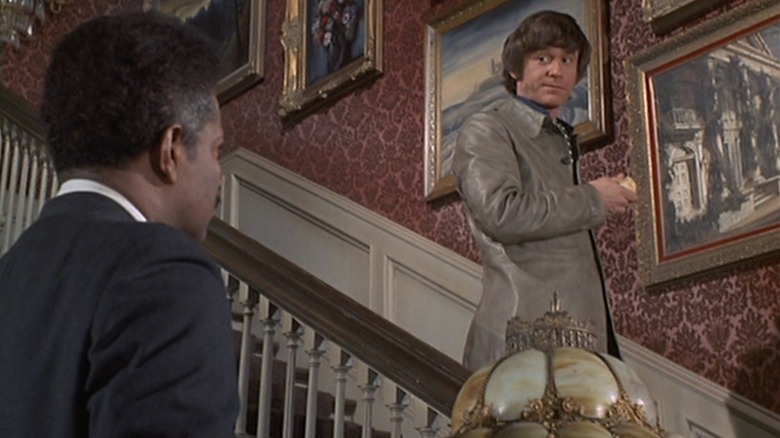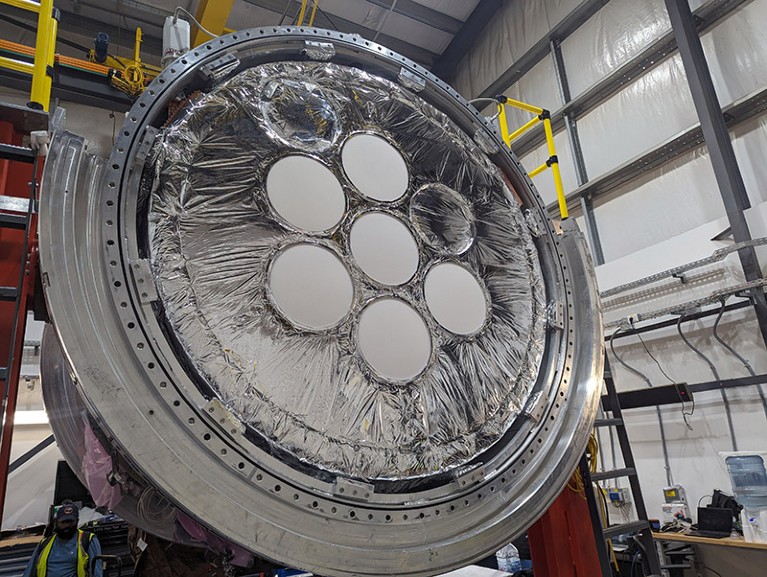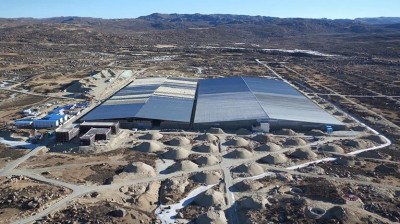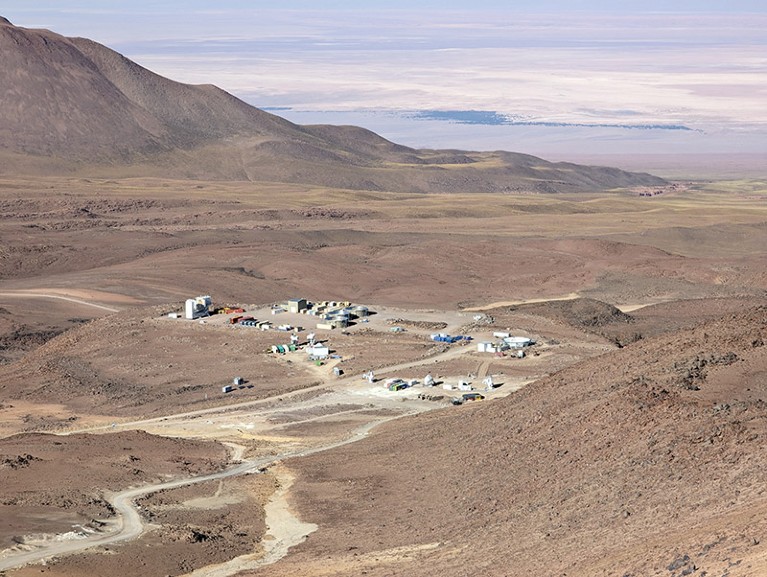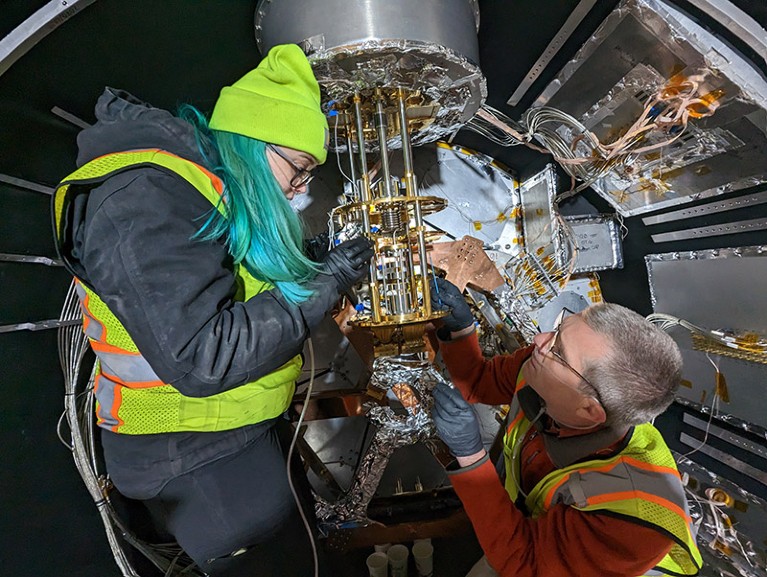[ad_1]
Es posible que recibamos una comisión por las compras realizadas desde nuestros enlaces.
Hasta el día de hoy, la serie de antología de ciencia ficción de Rod Serling “The Twilight Zone” sigue siendo… Regularmente encabeza las listas de los mejores programas de televisión de todos los tiempos.. Serling y un equipo de los mejores escritores de ciencia ficción de las décadas de 1950 y 1960 crearon 156 cuentos morales en miniatura, generalmente con un tema sobrenatural, y al hacerlo cambiaron la faz de la televisión. La ciencia ficción y el terror se consideraron más viables comercialmente, lo que inspiró a un gran número de imitadores y un cambio en la atención de la audiencia. Serling también introdujo una forma única de eficiencia narrativa con “The Twilight Zone”, demostrando que una historia moral completamente cerrada se puede resumir en sólo 25 minutos (o 51 minutos en la cuarta temporada del programa). Serling también tuvo cuidado de establecer una moraleja clara en cada episodio, lo que hizo de “The Twilight Zone” un comentario social fascinante.
“The Twilight Zone” se transmitió de 1959 a 1964, con 156 episodios repartidos en cinco temporadas. La serie entró en distribución y generaciones de niños pudieron volver a ver episodios antiguos hasta bien entrada la década de 1990. Algunas estaciones de televisión en los Estados Unidos incluso organizaron maratones anuales de “Twilight Zone” el Día de Acción de Gracias, lo que convirtió a la serie de Serling en una institución. Hasta el día de hoy, los jóvenes pueden hablar de una criatura en el ala de un avión o de que “Para el servicio del hombre” es un libro de cocina.
Después de “The Twilight Zone”, Serling tropezó con otro éxito. Creó un western de corta duración llamado “The Loner” en 1965, pero sólo duró una temporada. En 1969, Serling escribió la sensación internacional Un cuento de Navidad llamado Un villancico para otra Navidad, protagonizada por Peter Sellers. Ese mismo año, Serling presentó el programa de juegos “Liar's Club”, que abandonó después de 21 episodios.
Los fanáticos recuerdan bien el gran regreso de Serling a la antología de terror, pero tuvo una producción muy problemática. Muchos fanáticos de la televisión clásica podrán contarte todo sobre “Night Gallery”, que debutó en 1969.
'Night Gallery' fue la versión más aterradora de 'The Twilight Zone'
“Night Gallery” fue una serie de antología con un final extraño. Al comienzo de cada episodio, Serling aparecía en una vasta galería de arte sin paredes llena de pinturas espeluznantes y macabras. Serling caminó por el museo, aparentemente después de su cierre, dirigiendo al espectador hacia las diferentes piezas expuestas. Luego diría que cada cuadro estaba inspirado en el cuento macabro que estaba a punto de tejer. Las pinturas fueron proporcionadas por los artistas Thomas J. Wright y Jerry Gebre.
“Night Gallery” podría considerarse una secuela espiritual de “The Twilight Zone”, ya que tiene un tono similar y cuenta historias igualmente retorcidas. “Night Gallery” se destacó por su enfoque en el mal sobrenatural y por su impresionante fotografía en color. Al igual que “The Twilight Zone”, “Night Gallery” seleccionó revistas de ciencia ficción y antologías literarias para encontrar historias que pudieran adaptarse, y la serie contó con versiones televisivas de las historias de Richard Matheson. HP Lovecraft (incluidos “Cool Air” y “Pickman's Model”)Y muchos más. NBC quería una serie deliberadamente espantosa, y Serling estuvo feliz de hacerlo, siempre y cuando pudiera continuar con su tradición de escribir comentarios morales y sociales en sus episodios.
También como “The Twilight Zone”, “Night Gallery” contó con una impresionante variedad de talentos. La serie proporcionó algunos de los primeros trabajos de dirección del joven Steven Spielberg, y el actor John Astin dirigió la historia, al igual que Leonard Nimoy. Jannot Szwark dirigió varios episodios, al igual que el futuro director de “Fiebre del sábado por la noche”, John Badham. Serling escribió la mayor parte de los episodios de “Night Gallery”. Las estrellas invitadas incluyen a Vincent Price, Burgess Meredith, Stuart Whitman, Cameron Mitchell, Leslie Nielsen, John Saxon, Joan Crawford (en su último papel actoral), Orson Welles, Phyllis Diller y docenas más.
Rod Serling chocaba a menudo con su productor Jack Laird
La “Galería Nocturna” se presentó inicialmente como un espectáculo de ruedas, es decir: uno de varios espectáculos que rotarían durante el mismo período semanal. El programa compartió su espacio con “McCloud”, “The Psychiatrist” y “San Francisco International Airport”, con los cuatro programas agrupados bajo el título “Cuatro en Uno”. Por esta razón, la primera temporada de “Night Gallery” solo contó con seis episodios.
Pero a partir de su segunda temporada empezaron los problemas. El productor del programa, Jack Laird, rechazó muchos de los guiones de Serling y comenzó a insistir en que sus intersticiales cómicos se insertaran entre los cuentos espeluznantes. Serling odiaba los llamados “sketches de apagón”, como dijo en su autobiografía. “Rod Serling: Su vida, obra e imaginación” “Pensé que distorsionaron el objetivo de lo que estábamos tratando de hacer”.galería nocturna.' No creo que se pueda mostrar a Edgar Allan Poe y luego volver con Flip Wilson durante 34 segundos. Simplemente no creo que encajen bien”. Flip Wilson era, por supuesto, un comediante muy popular a principios de los años setenta.
Durante la segunda temporada del programa, Serling dejó su puesto de productor ejecutivo para centrarse en escribir a tiempo completo. Desafortunadamente, esto le dio menos control creativo y la calidad de “Night Gallery” comenzó a deteriorarse. Para la tercera temporada, la serie se había reducido a 30 minutos y Laird comenzó a insistir en menos cuentos morales cuando apareció en “The Twilight Zone”. También hubo un mandato para adaptar menos cuentos europeos y más historias americanas. La serie fue cancelada después de su tercera temporada, luego de 43 episodios.
Pero la “Galería Nocturna” no fue olvidada. De hecho, fue lo suficientemente popular como para ser parodiado en el cuarto especial de Halloween de Los Simpson. Spielberg tampoco olvidó sus raíces y reutilizó el título como “Night Ghoulery”. Especial de Halloween “Tiny Toon Adventures”. Producir. “Night Gallery” no tiene el mismo atractivo cultural que “The Twilight Zone”, pero al profundizar en los episodios encontrará algunas historias que son igual de buenas, si no mejores. La serie se puede comprar en Prime Video.
[ad_2]
Source Article Link


